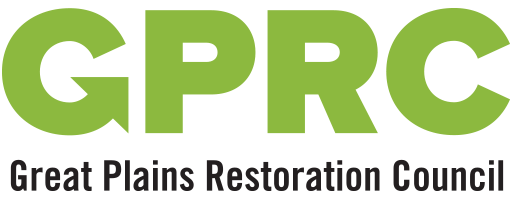The Buffalo Commons is a cultural and social movement for positive, restorative social and ecological change on the Great Plains.
As both model and metaphor, the Buffalo Commons includes various, sometimes seemingly disconnected components that all add up to a new healthier life for our region centered around sustainability and regained community. This restoration economy can include everything from GPRC’s Million Acre Projects and Plains Youth InterACTION program, to a small West Texas or Kansas farmer’s re-banking of the soil on his land, to a group of Lakota or Oklahoma or Colorado mothers working together to stage gang intervention or ward off a meth invasion, to a string of communities along two hundred miles of a creek or river working to establish clean, healthy water flows again, to environmental groups making ecologically-focused land purchases. It’s problem solving through local, hands-on action.
The Buffalo Commons engages Prairie/Plains people to get invested in the healthful restoration of their communities and local environment wherever they live. Small businesses, housewives, big landholders, small landholders, inner-city children, Indian elders, cities, suburbs, towns and villages can all take pride in the unique identity of being and belonging to our Great Plains region, and working together in a shared sense of community, rather than the old way of every man (or woman) for him/herself.
THE MAGNIFICENT PARK OF GEORGE CATLIN
History of the Buffalo Commons Movement
In 1987, Drs. Frank and Deborah Popper developed their bold new idea for a Buffalo Commons, (Popper and Popper, “The Great Plains: From Dust to Dust, PLANNING, 1987). Their continuing research showed that hundreds of counties in the American West still have less than a sparse 6 persons per square mile — the density standard Frederick Jackson Turner used to declare the American Frontier closed in 1893. Many have less than 2 persons per square mile.
The frontier never came close to disappearing, and in fact has expanded in the Plains in recent years. The 1980 Census showed 388 frontier counties west of the Mississippi. The 1990 Census shows 397 counties in frontier status, and the 2000 Census showed 402. Most of this frontier expansion is in the Great Plains. Kansas actually has more land in frontier status than it did in 1890.
Great Plains Restoration Council mounted a Plains-wide mapping project at the county level, using a series of economic and social indicators, to show exactly where the frontier is and how much further it has expanded. GPRC than did more sophisticated mapping that scrutinized these and other factors down to the Census Block level, allowing for a much more rigorous and exact understanding of ecological, biological, geographical, topographical, demographic and political conditions. Since then, we have specifically honed our focus onto a few, key target ecological areas while developing a new model of youth education.
There once were over 400 million acres of wild prairie grasslands in the central part of North America. The backbone of the Buffalo Commons movement is the work — over a period of decades — to re-establish and re-connect prairie wildland reserves and ecological corridors large enough for bison and all other native prairie wildlife to survive and roam freely, over great, connected distances, while simultaneously restoring the health and sustainability of our communities wherever possible so that both land and people may prosper for a very long time. Future generations may choose to expand these reserves and corridors, as the new culture of caring and belonging we have started today becomes an integral, ingrained part of life in the world of tomorrow, especially as extensive grasslands become needed to help absorb carbon from the atmosphere. (Highly biodiverse native prairies are excellent carbon sequesters.)
Below are Papers and resources by the Poppers.
THE BUFFALO COMMONS AS REGIONAL METAPHOR AND GEOGRAPHIC METHOD – by Drs. Deborah E. Popper and Frank J. Popper
The Buffalo Commons: Metaphor as Method – by Drs. Deborah E. Popper and Frank J. Popper
The Buffalo Commons: Its Antecedents and Their Implications – by Drs. Deborah E. Popper and Frank J. Popper
The Onset of the Buffalo Commons – by Drs. Deborah E. Popper and Frank J. Popper
Planning on Shrinking – by Drs. Deborah E. Popper and Frank J. Popper



